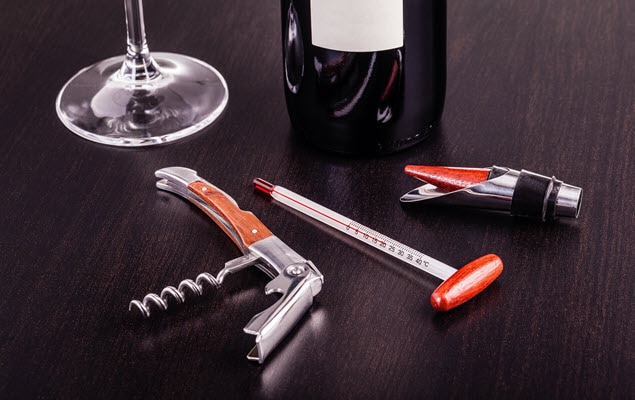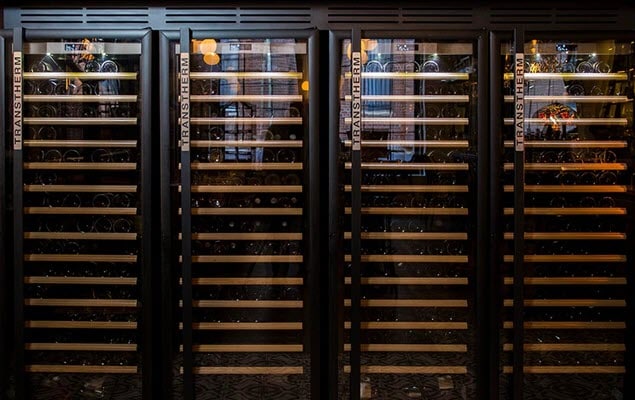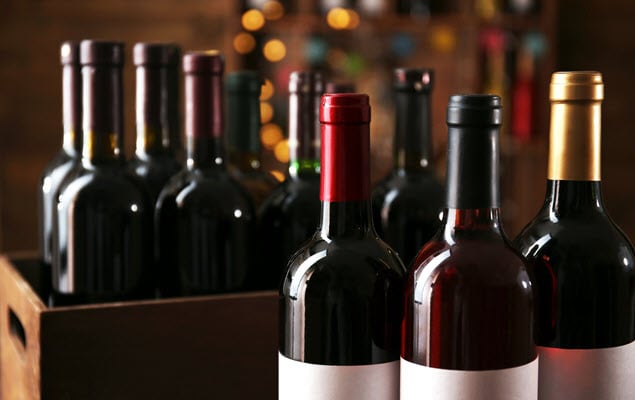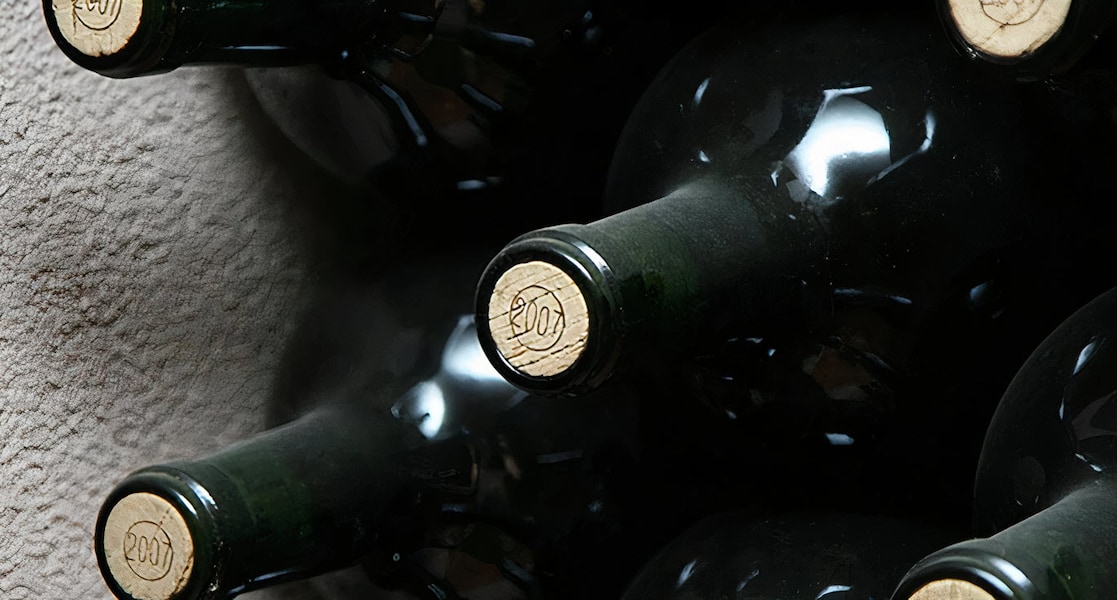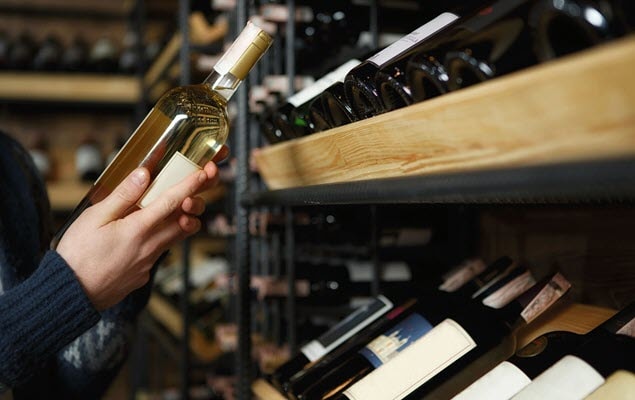Lay to rest your reds for a mere two to three years and you’ll find many will have improved tremendously. Some wines even keep on improving for decades: top Bordeaux, Burgundies, Napa Cabs, Barolos and many Spanish wines fall in this category but it is definitely not an extensive list, as top wines are now made all over the world. It’s really worth being patient with these wines and not opening them when they are just a few years old. If you do, they won’t be much better than some cheaper wines (they could even be unpleasant with their rough tannins and puckering astringency). White wines can age very well too: Margaret River Chardonnays, Burgundy and Côtes-du-Rhône whites, Hunter Valley Semillon, Loire valley Chenin Blanc. However, more often than not, white wines (and rosés) are released to be enjoyed young.
So why do some wines age well and some not?
There are many factors which determine whether wines are capable of maturation, and how long they deserve to age. They include:- The grape variety and the vintage
- The way the wine was made
- The quality and balance
- The constituents of the wine, in particular acidity, residual sugar, tannins, alcohol and botrytis (noble rot, which concentrates the flavours of certain wines)
- Climatic and soil conditions
- Storage conditions
Put simply, wine is made up of a number of natural components (phenolics) which interact to produce flavors and aromas. During storage, these components gradually break down or conglomerate and form new natural compounds, with new, nuanced aromas and flavours. Some are revealed over time and some, generally the fresh, fruity aromas, are lost.
Old world wine making
In traditional wine making, grapes are grown, harvested and fermented so that the resulting bottled wine can then undergo a period of beneficial ageing: to achieve this, the wine maker must obtain high levels of sugar, acid and tannins (for instance by limiting the production per vine or per acre) so that these elements can then break down, creating new aromas and a softer mouthfeel in the wine. Done with great care and experience, this produces wines with complexity (different layers of flavours and smells) and finesse. Of course, if such wines are opened too young, they’re likely to be unpleasant, too acid and unripe.
New world wine making
Alternatively, most wine producers from what is often referred to as the “New World” (e.g. USA, Australia, South Africa, Argentina…) tend to prefer making wines that are ready to drink soon after the wine have finished fermenting or perhaps after a shorter period of maturation in a vat or an oak barrel. This means wines can more often than not be opened and enjoyed as soon as they are released on the market. Wines made in this way do not need years of waiting to be enjoyable which can be an advantage if your cellaring space (or patience) is limited.
The classic French or the Italians would say that a wine produced this way will never benefit from ageing, though this really does depend on the wine. Most modern styled wines, when the fruit flavors recede, will never achieve a great complexity of taste. They there is no structure behind the fruit and they oxidise faster, creating off-odours. Fortunately, the New World also have wine makers who produce ranges meant to go the distance – these will benefit greatly from ageing. On the other side of the same coin, there are lots of “Old World” winemakers who also make wines for immediate consumption. Learning which producers and which range is meant for what purpose is part of the fun of wine learning.
Special styles
In addition to age worthy reds and whites, there are benefits to ageing not only vintage champagne (which can last a very long time thanks to its acidity and second fermentation) but giving Non Vintage bottles a year or two in the cellar as well. Sweet wines, fortified wines and pre-oxidised wines such as sauternes, port wine and madeira tend to develop over a very long time. The better vintage bottles can last decades upon decades and improve every passing year.
If you do wish to experience the benefits of cellaring, it important to remember is that wines of different variety, style, and quality age at different rates. The trick to choosing the right wines for cellaring is to find young wines which contain all the positive components such as tannin, alcohol, phenolics (color, flavor and aroma compounds) and acidity in a good balance to start with, so that as the wine ages with grace. Trial and error, finding your own palate preferences, and good wine advice from sites and magazines with tasters used to looking for the right components for wine to age well are invaluable resources in your journey to a cellar that will stand the test of time.
